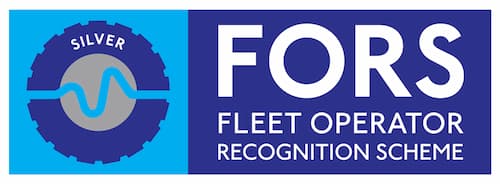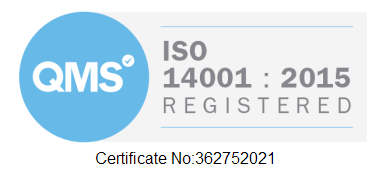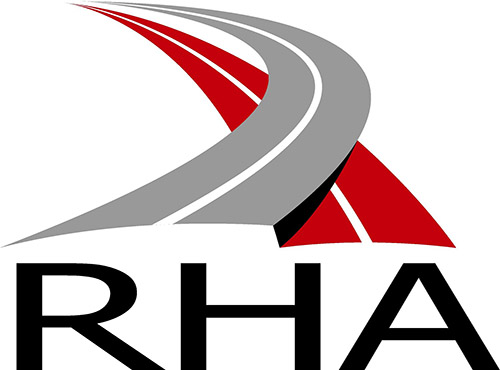Menu
With a vast amount of plant hire options on the market today, it pays to know the equipment that you are hiring is suitable for its purpose. Trailers and plant are designed primarily for the agricultural market which has a very relaxed set of legislation it means that everything from the brake shoe sizes to the braking method could be sizes for these more relaxed rules. Here at Staines hire we make sure we supply only the very safest and compliant forms of equipment. Discover more information about the braking systems used in our large plant vehicles below.
Drum brakes are defined in terms of the drum diameter and brake shoe width (e.g. Ø 300 x 60, Ø 400 x 80, Ø 420 x 180 – see Figure 2.2) and the type of operating cam employed (e.g. flat or Stype). Flat-type cams have historically been the standard choice for (supposedly) slow-speed agricultural vehicles which do not exceed 20 – 25 mph (32 – 40 km/h). Brakes designed for higher speed / higher capacity (commercial vehicle) use feature S-type cams, which provide much more progressive control of braking effort than their flat-type counterparts: they are therefore by far the better choice for higher axle load and higher speed applications. Indeed, the majority of axle manufacturers would recommend ‘S’ cam brakes for agricultural use at speeds above 25 mph / 40 km/h and this trend is now reflected in the specifications of most high capacity (>= 14 tonne) trailers sold in the UK.
With this being said, there are still a lot of hire trailers on the market today that utilise these lower capacity agricultural spec axles causing the larger more expensive tractor brakes to do most of the braking when hauling large loads.
The majority of pneumatically-braked large goods vehicles utilise pneumatic brake actuators which incorporate secondary chamber housings with a compression spring. During normal vehicle/trailer operation, air pressure supplied to this chamber compresses the spring and renders it ineffective. If pressure is lost for any reason, intentionally (say when parking) or by accident (say when an air line gets damaged), the spring extends and applies the foundation brakes. Pneumatically-braked agricultural trailers normally do not use such equipment and so are usually fitted with a separate mechanical system for the parking brake application, making them unsafe in a breakaway situation. Here at Staines hire we opt as standard for this safer pneumatically-braked system to maintain the high level of safety that our customers have come to expect.
Another major plus for an air only braking systems is that a Load sensing valve can be added to the system. These valves are used to analyse the total weight of the trailer and load and apply braking force accordingly. Larger loads resulting in greater braking forces and smaller or no loads equating to a more suitable, gentle braking force. This help to prolong the life of braking components, tyres and improve road safety by increasing operator control.
Get in touch today, our team at Staines Hire are happy to help answer any question you may have.





© 2022 - Search4local Ltd. The content of this website is owned by us and our client; copying of any content (including images) without our consent is in breach of our Terms & Conditions. | All rights Reserved